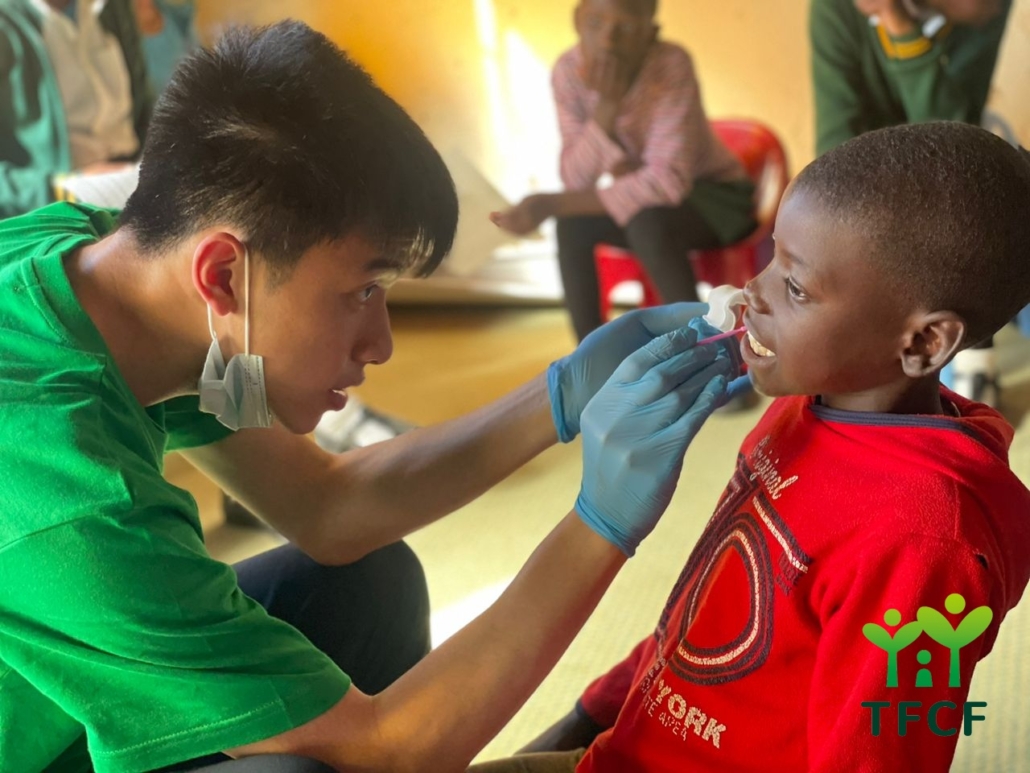NT$26 million grant for TMU sheet-form cell culture study
Source: College of Medicine
Published on 2018-01-15
After the Baxian dust explosion burned around 500 young people in 2015, Taiwan began investing significant resources in regenerative medicine.
In that accident, manypatients with large burn areas needed skin grafts from other healthy parts of their bodyor from cadavers using traditional treatments, and would need to wear pressure garments and receive continuing physiotherapy.
Using technical assistance from Japan, some patients benefited from regenerative medical technology, where a small number of epithelial cells were taken from the patient’s skin and cultured to create sheets of epithelial cell layers that can be grafted back onto the patient. This eliminates the pain that patients suffer if large areas of healthy skin are removed for traditional treatments, as well as reducing time needed for treatment and hospitalization.
In situations where drug treatment cannot be used or when tissue damage is irreversible, regenerative medical treatment using the patient’s own cells to culture new tissues or organs is the best option.

Prof. How Tseng ,TMU’s Department of Biochemistry and Molecular Cell Biology
Around 10 years ago, Prof. How Tseng[1] of TMU’s Department of Biochemistry and Molecular Cell Biology used a three-dimensional soft tissue engineering thesis from Prof. Mitsuru Akashi at Osaka University as the starting point for research and development of a technology platform for mass production of sheet-form cells, hoping to apply this to regenerative medicine. Having invested significant resources in regenerative medicine, Japan is the most mature environment with regard to legal regulations and technology. It is Prof. Tseng’s hope that Taiwan can also establish regenerative medicine-related industry platforms using patients’ cells to culture sheet-based cells while continuing university-industry collaborative research projects with biotechnology companies and a MOST project. The feasibility and stability of the new sheet-based cell engineering technological platform has been validated by years of efforts.
This technological platform uses affinity and hardness of different natural polymers (hyaluronic acid, γ-PGA) to create an organic film on which sheets of cells can be cultured. Compared to the traditional use of enzymes to break down cellular proteins,the sheet-form cells in this platform can preserve their extracellular matrix and significantly raise bioavailability. In terms of clinical applications in regenerative medicine, patients can use a small amount of their own tissue to cultivate sheet-form tissues that can be used to repair injuries and avoid immunological rejections in transplant surgeries.
The platform has been successfully applied in cornea epithelia reconstruction using cells from the oral cavity, and functional cornea have been constructed in an animal model. Periodontal membranes for treating oral disease, epithelia for trachea reconstruction, urinary tract epithelia reconstruction for adhesion in drug users, cultured esophagus epithelia for treating early-stage cancer and sheet-form myocardial tissues for treating heart disease can all be created this way.
Since obtaining the Economic Affairs ministry’s support, Prof. How Tseng is integrating technologies from academia with industry experience and resources to gain approvals to promote cornea reconstruction using sheet-form cell treatments for patients worldwide.
[1] The new sheet-form cell engineering technological platform developed by Prof. How Tseng has already obtained one Republic of China and one U.S. patent. One of the platform’s applications, cornea reconstruction using sheet-form cell treatment, passed Ministry of Economic Affairs review in 2018 and has received support from the Ministry’s value creation plan for 26 million NTD in grant money over two years. The application for human testing is expected to be submitted in 2019, and it is hoped that the treatment can be marketed within 3 to 5 years to benefit patients suffering from corneal disease.




























